Writing up a summary of all the history is turning out to be quite the project, so I am going to break up the posts around each “age” or logical segment to think about (to me). That way I don’t take weeks and then blast the forum with one thousand proper nouns all at once 
100. Introduction
We get a short introduction describing the purpose of the book, noting mechanical inspiration from Dungeons & Dragons, with everything else being born out of the Professor’s own imagination, having been with him since he was 10 years old. He cites his obvious anthropology and linguistics backgrounds, but also fantasy fiction such as Howard, Vance, Burroughs, etc.
We then are met again with the idea of running unusual settings for others. Barker tells us that by playing in Tékumel one can pick up on the world’s cues just as easily as we picked up on fantastical and cultural touchstones from western mythology and folklore.
A bit unconventional when you think about most of today’s Intros and “What is Role-playing” sections, but to be fair Barker only had one other published peer, one that is often noted for its obtuseness. I do think Empire of the Petal Throne explains how to actually play the game much better than D&D’s little brown books, but we don’t get that until later in the book.
200. The World of Tékumel
Strap in and get ready to chug some lore cause the next nine-ish pages are dense. Long paragraph, two-column spreads full of history, names, places, and the like. A lot of this is actionable in game, but whew buddy can it make the eyes glaze over. Let’s try to summarize what we can.
Tékumel’s an earth-like planet that is a tad bigger and hotter. It was initially inhabited but was eventually colonized by space-faring humans and other peoples, who were quick to rip out the planet’s natural properties and make it largely welcoming to humans and their other interstellar pals. Of course, they did have to use their superior technology to defeat the (presumably) indigenous inhabitants – the Ssú and the Hlýss, but that’s space colonization for you.
They had a bunch of other aliens come to trade, colonize and set up shop – the Pé Chói, the Tinalíya, the Páchi Léi, and others. I know these are all sci-fi jargon to a new reader, I’ll put some pictures in so you can at least have some image in your head.
Ssú
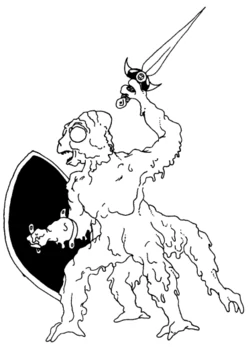
Hlýss
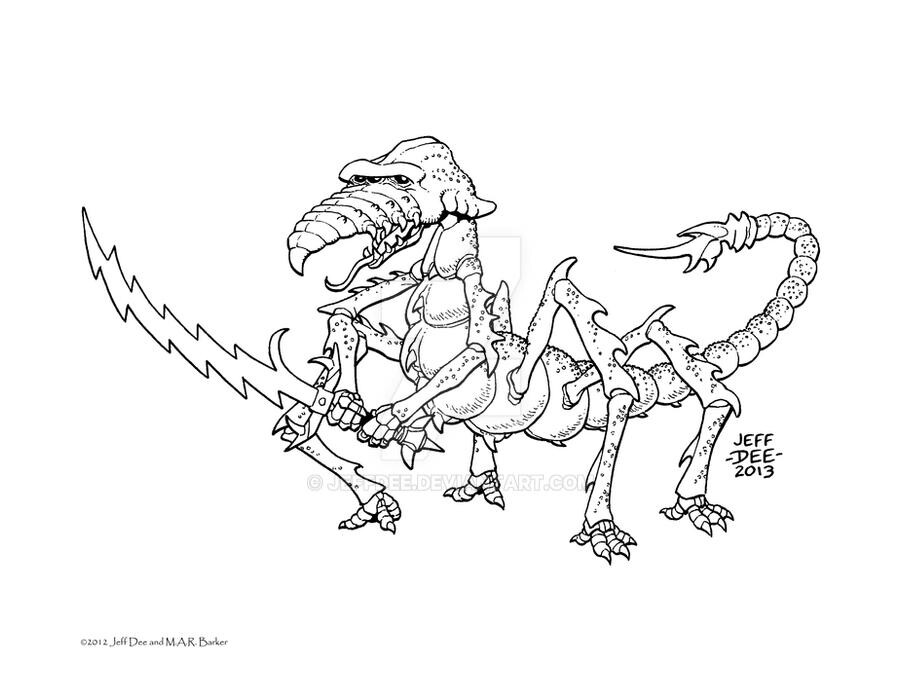
Pé Chói
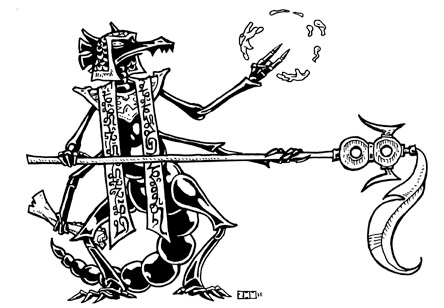
Tinalíya
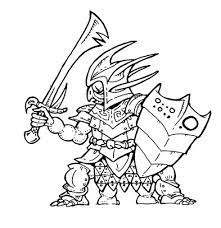
Páchi Léi
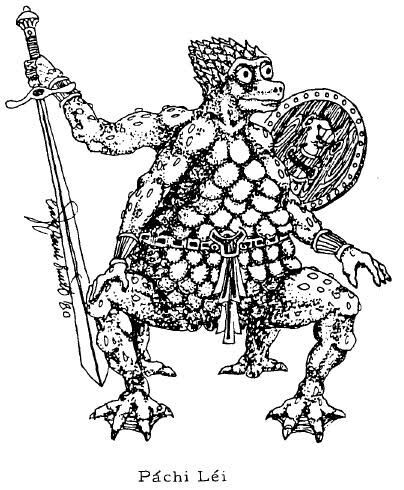
Anyway, these peoples lived on this subjugated planet for quite some time with only small patches of the original flora and fauna surviving in pockets, until the “Time of Darkness” occurred. Tékumel was sucked out of humanspace and thrown into a dark pocket dimension, with only its sun, moons, and uninhabited sister planets to keep it company.
Since the planet had been either exhausted of important resources or had leaned on an interstellar trade market this led to a collapse of technology. Societies reverted, and patches of the original “Old Life” such as the Ssú and the Hlýss started to make their comeback.
This period dates to around some 25,000 years before the current game time, but who knows if this is exaggerated, dilated, or something even stranger. We also get our first bit of references to an in-universe text for citation and reference. May be worth a character digging around in if such a subject interests them. We get more details on conflicts following this – the Three States of the Triangle doing battle with the Chyrstállu and with the Mihállu who we are told were originally trader aliens.
(I cannot find images of the above two aliens, who I believe are extinct in modern time, if I recall correctly)
We move onto the Dragon Warriors from the northern region of N’lýss. There are some cool science fantasy hints that these people had some type of flying machines that were believed to be dragons, always a quality trope. This is also where the “no riding animals on Tékumel (that humans know of  )” gets cited. I know your Tékumel can vary, but this is honestly the thing that I dislike most about the setting.
)” gets cited. I know your Tékumel can vary, but this is honestly the thing that I dislike most about the setting.
These Dragon Warriors would not last, and like many an empire falls around 2,000 years after their domination. During their reign is possibly where the origin of Tlokiriqáluyal worship starts – the “Five Evil Ones,” particularly the fire-god Vimúhla. Yet another classic trope is alluded to – there’s no way to tell if these beings are actual deities or not, but they are powerful enough to function as them. The cult of Vimúhla spread across the land as the “Red Robes,” and this worship persists today.
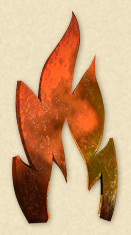
Thoughts
Obviously this material gets pretty deep. One one hand it can be a lot to get through, on the other - it sets the tone of a very ancient world, one shrouded in speculation and quite a few hypotheticals, and we’ve already seen reference to the name of a tome and location that PCs could actually travel to and acquire (theoretically). As we get closer to the modern day, these proper nouns and places will increase in character-actionability.
Next post will be about the Second Age, the Fishermen Kings, and more.